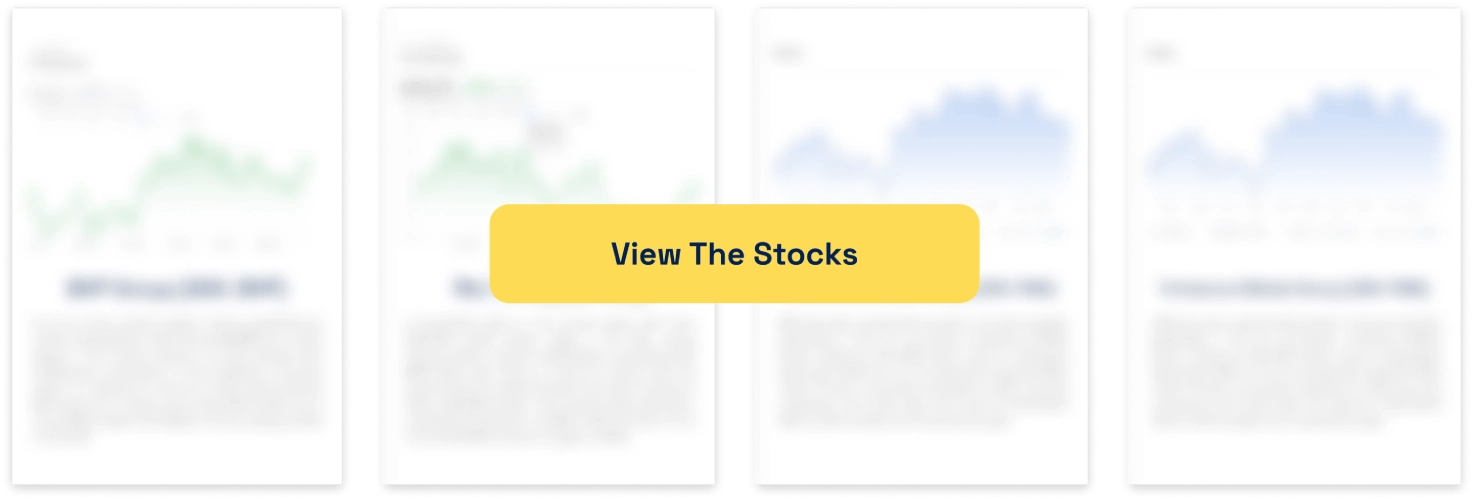If federal and state governments cop credit rating downgrades, what will it mean for investors?
![]() Nick Sundich, February 12, 2025
Nick Sundich, February 12, 2025
As governments around the country spend money like there’s no tomorrow (no bill to repay), the prospect of credit rating downgrades is realistic.
Don’t take our word for it, take the agencies’ own words. One of them, S&P, has come out and said as such – yes, the same S&P that ‘manages’ the S&P 500 in the sense that it rebalances the index.
Agencies like S&P, as well as Moodys and Fitch put ‘credit ratings’ on jurisdictions. The higher the rate, the less riskier it is to lend money to governments because there is a risk of governments not being able to repay.
If a country or state is AAA rated, there’s virtually no risk of non-repayment. If a country is ‘junk rated’ agencies basically saying lending to that government is no different to withdrawing all the money in cash and burning the bills with cigars.
It is a realistic threat
Our jurisdictions in Australia have high ratings. The federal government has an AAA credit rating. WA has an AAA rating too, but most others have just an AA rating.
Some of the states’ ratings are under the risk of being downgraded. A report put out, led by analyst Anthony Walker found that from 2020 to 2023, state and territory governments spent $212bn more than had been forecast. This happened at the same time there was a $146bn boom in revenue due to high commodity prices, and so the opportunity was essentially squandered. The agency forecast the states and territories’ bill would hit $780bn by 2027, triple pre-pandemic levels.
Governments have responded by basically saying they’re trying to reduce debt and that the debt incurred ensured the effect of the pandemic was minimised from what it otherwise would’ve been. They also sold up their future growth prospects and how they expected debt to fall in the future.
This may not be enough to save them from the wrath of S&P. S&P analysts noted,’ States insist they are making “difficult decisions” or “hard choices”…at the same time, spending continues to rise rapidly, and new projects are regularly announced’.
The implications for investors if governments cop credit rating downgrades
A downgrade of the government’s credit rating can have several implications for stock investors, and generally, it signals increased risks for both the economy and the market.
Obviously the key implications would be high borrowing costs, starting with government bonds. A downgrade would make government bonds appear riskier to investors, meaning the government would likely have to offer higher yields (interest rates) to attract buyers. This could lead to rising interest rates across the economy or perhaps delays in rate cuts.
Higher borrowing costs can ripple through the private sector. Companies may face more expensive loans – especially if borrowing money from overseas. This could dampen their growth prospects and affect their stock prices, particularly for highly leveraged companies or those with significant debt.
We could also see increased volatility in Financial Markets.A downgrade can shake investor confidence, leading to sell-offs in the stock market, especially if investors believe that the downgrade signals broader economic problems. Moreover, when the government’s creditworthiness is questioned, it can prompt investors to become more risk-averse, leading to a flight to safer jurisdictions.
Looking to specific sectors, Banks and other financial institutions might be particularly impacted because they hold large amounts of government debt, and a downgrade could reduce the value of these holdings. Interest-Sensitive industries like real estate, utilities, and consumer staples, which are sensitive to interest rates, may experience declines in stock prices as the cost of financing rises.
Potential for Policy Adjustments
Investors will be watching closely for policy responses, including whether the government will enact measures to improve fiscal health, such as tax increases, spending cuts, or other austerity measures. While these can be positive for long-term stability, they may hurt short-term growth, influencing stock prices.
Conclusion
Westpac’s interest rate strategist Damien McColough said S&P’s warning was effectively a ‘last warning’ for state governments to cut back their spending or face a downgrade.
We thus thought we should recap why state governments are on the nose and what it would mean for investors. Specifically, increased market volatility, higher borrowing costs, and potential slower growth, all of which can affect stock prices.
What are the Best ASX Stocks to invest in right now?
Check our buy/sell tips
Blog Categories
Get Our Top 5 ASX Stocks for FY25
Recent Posts
Apple’s iPhone Production in Focus: Is the Tariff Pause Enough to Ease the Pressure?
Apple, one of the largest and most influential tech companies in the world, is no stranger to the fluctuations of…
Why travel shares are getting slammed…and it is not for the reasons you may think
Just when ASX travel shares were out of the COVID-19 doldrums (in that some surpassed their pre-COVID highs), 2025 looks…
Capital Gains Tax on Stocks: Here’s what you need to know
Investors may be liable to pay Capital Gains Tax on Stocks, but may not know the nuances of how it…



